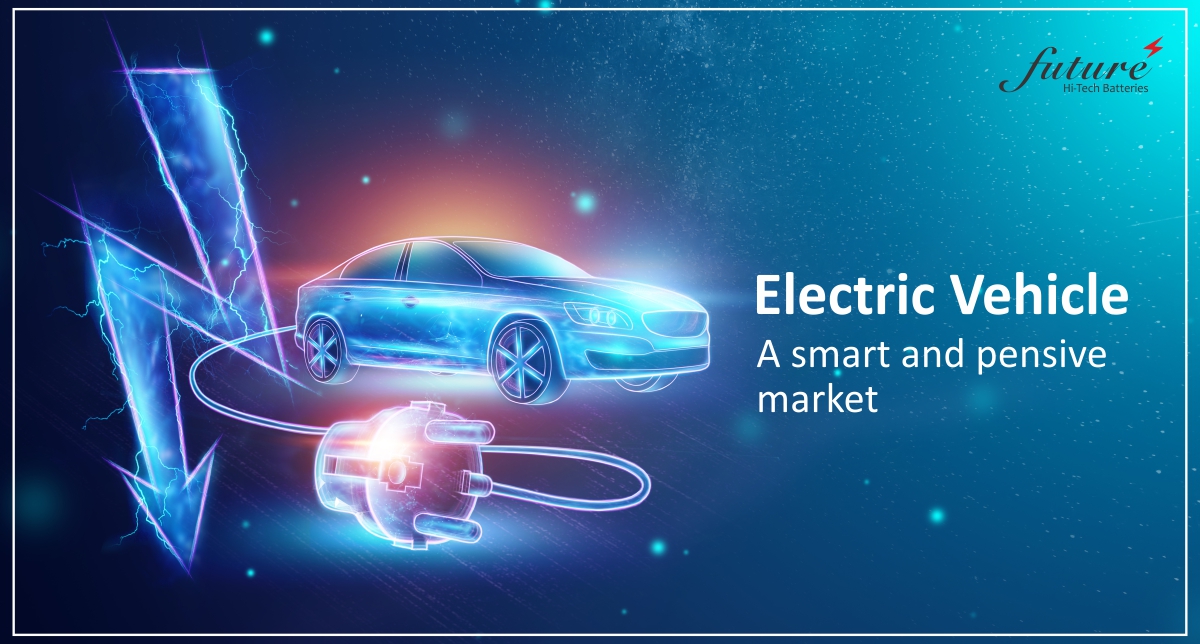The Electric Vehicle (EV) and the lithium-ion industry in India are both hopeful and pensive about the road ahead. The Assessment Report (AR6) of the Intergovernmental Panel on Climate Change (IPCC), clearly states that human activity is causing unprecedented, and sometimes irreversible, climate change.

Lorem ipsum dolor sit amet, nec in adipiscing purus luctus, urna pellentesque fringilla vel, non sed arcu integer, mauris ullamcorper ante ut non torquent.
The report highlights that factor like increasing temperatures, droughts, floods, extreme weather and rising sea levels are all the effects that are visible.
However, industry specialists assert that despite the launch of new products by OEMs (Original Equipment Manufacturers), EV penetration and adoption is low and stands at 0.8%. Further, the split of overall EVs in India, by two-wheelers, three-wheelers and four-wheelers, is 17%, 79%, 4% respectively. The reasons for the failure can be looked at under the following dimensions that are key concerns when we look at the issue holistically.
Limited adoption of EVs and influencing factors
There are a number of concerns that lead to the limited adoption of EVs. Reports suggest that the short driving range of EVs can pose to be a problem to its quick adoption. Also, long battery recharge times and the lack of charging infrastructure can affect demand. Cost is another factor influencing the issue of adoption. The need for infrastructure to support the uptake of EV technology, such as charging systems pose to be technical challenges. Rising rent prices for land often poses an even bigger issue. Presently, these demand-side challenges are being addressed by policymakers, financial subsidies can help consumers purchase EV. Cities are also preparing Comprehensive Mobility Plans (CMPs). The key challenge however till today continues to be the implementation of it at local level.
This comes as no surprise. For six lakh electric vehicles on the road today, we have roughly 2,000 public charging stations. This poor density of the charging stations is limiting the ease of EV usage. Lack of battery and charger standardization coupled with high capital intensity of setting up charging or swapping stations has emerged as a major infrastructural bottleneck.
This is rather a chicken and egg problem, where setting up expansive CapEx heavy charging infrastructure would be financially viable for companies only when there is a critical mass of vehicles on the road. And unfortunately, we do not have the required critical mass of vehicles in India today. This is, however, changing rapidly.
Another key concern for the limited adoption of EV technology is the lack of innovation on the product front. So far, companies have failed to spotlight the practicality of an electric vehicle especially for value-conscious Indian consumers.
Policy and progress
The automotive industry contributes to around 7% of the Indian GDP, we could agree that this is a crucial sector. The subsidies that exist are focused on manufacturing and on driving awareness around the benefits of EV technology. What industry representatives can agree on is the need for a positive regulatory intervention through schemes, such as Faster Adoption and Manufacturing of Hybrid and Electric vehicle (FAME) and Production Linked Inc…
As many as 18 states have or are formulating policies that stand to benefit EV manufacturing. The government is also supporting the local industry via the Phased Manufacturing Programme (PMP), where there is introduction/increase in custom duty, as well as mandatory local component sourcing to allow OEMs to be eligible for demand side subsidies.
In all, the developments in the aforementioned spaces have set a solid foundation for the mass adoption of EVs. According to NITI Aayog and RMI, EV sales penetration is slated to reach as high as 80% for two and three-wheelers, and 50% for four wheelers by 2030, elucidating the massive opportunity for not just emerging start-ups but also traditional OEMs.
But a worthy question is – will India reach its aspirational goal of 30% market share of EVs by the year 2030? If we are unsure, then what do we really need?
Here’s what we suggest:
1. Government policies need more inclusiveness of the both demand and supply chains not just dependent on demand-side policies.
2. The high upfront cost/price of EVs need to be worked on
3. The lack of charging infrastructure both in private and public domains.
4. Both state and centre need to work on strategies to make EVs a mandatory form of transportation mode since it is a great enabler to achieve the 2030 target.
Additionally with the mandate a feebate policy could be introduced to increase the demand. Increase tax on fossil fuels and introduce a phase wise or complete ban on ICE sales. Additionally scrappage policy for ICE vehicles needs to be integrated with EV policies in order to encourage people to scrap their old ICE vehicles and create incentives for them to buy EVs instead.
If India meets the goals, it can create a medium-to high impact social gains. For example, the improvement of air quality in the cities, reduction of fossil fuel usage, and reduction in GHG emissions.
References:










Your Comment Please